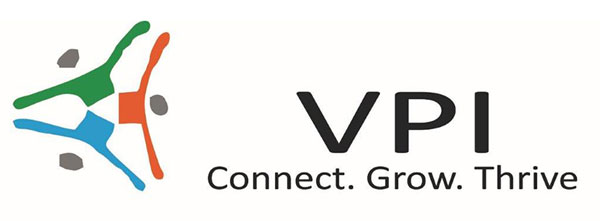VTSS
Vermont Support & Stabilization
Vermont Support & Stabilization (VTSS) is a statewide Specialized and Intensive Family Based Services (SIFBS) program offering specialized, therapeutic, and behavioral supports designed to provide intensive in-home support and stabilization for children/youth in Vermont and their families. Services are provided based on a thorough assessment of the needs of the family, their capacity to change, and current level of risk of their children. While the specific intensity of service delivery is determined based on this assessment, the program is intended to provide short-term, intensive, clinically-driven services, primarily in the family’s home or in another environment familiar to the family, and with the caregiver’s participation.
VTSS works with youth who have been identified and referred by the Vermont Department of Children & Families (DCF) and this includes youth from birth to young adults (18+ in age). Youth referred to VTSS are either identified as at-risk of being removed from their current living situation due to behavioral challenges or are already placed outside of the home (foster, kinship, residential placement) and in the process of transitioning back home following treatment.
Youth served include male, female, and individuals who are transgender, gender expansive, gender fluid and non-binary. Youth served also include those with special needs and exceptionalities such as emotional disturbance, intellectual disability, hearing loss, multi-disability, other health impairment. Our programming also addresses the needs of students who are coping with symptoms of anxiety, mood disorders such as depression and bi-polar disorder, deficits of attention and hyperactivity, disordered attachment, posttraumatic stress disorder and developmental trauma; including symptoms of dissociation, and oppositional defiant and conduct disorders. Additionally, the VTSS program works with youth who are at risk for or have been victims of human trafficking and New American Families.
Residential Treatment Centers for Girls
VTSS services
Currently all referrals for VTSS services are through the Vermont Department of Children & Families (DCF). VTSS services are individualized based on the youth and family system’s identified needs but can include services from the following menu:
The ARC Framework
All programming with VTSS is informed by the ARC Framework and is organized around the domains of attachment (i.e., attunement, effective caregiver response, building safe caregiving systems), regulation (i.e., emotional regulation across domains, education and coaching around affect identification and modulation), and competency (i.e., increasing self- awareness, assessing and enhancing strengths and supporting mastery and resilience). The ARC framework supports the maintenance of a trauma-informed organizational structure and is effective as a client-level intervention provided by our team.
All programming at VPI is informed by the ARC Framework and is organized around the domains of attachment (i.e., attunement, effective caregiver response, building safe caregiving systems), regulation (i.e., emotional regulation across domains, education and coaching around affect identification and modulation), and competency (i.e., increasing self- awareness, assessing and enhancing strengths and supporting mastery and resilience). The ARC framework supports the maintenance of a trauma-informed organizational structure and is effective as a client-level intervention provided by clinical, residential/milieu and educational faculty and staff.
Our treatment approach incorporates best practices in trauma informed care including Eye Movement Desensitization and Reprocessing (EMDR) and Trauma Focused Cognitive Behavioral Therapy (TFCBT). EDMR and TFCBT are all acknowledged as being well supported by research evidence by the California Evidence-Based Clearing House for Child Welfare (CEBC).

The mission of the CEBC is to advance the effective implementation of evidence-based practices for children and families involved with the child welfare system. The CEBC provides a scientific rating of each treatment model where 1 represents a practice with the strongest research evidence and a 5 represents a concerning practice that appears to pose substantial risk to children and families. EDMR and TFCBT received a ranking of 1 (a practice with the strongest research evidence).
